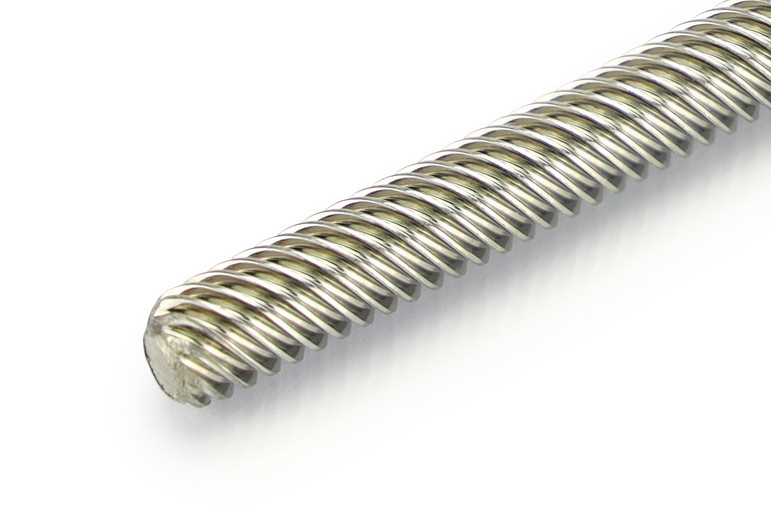What is Lead in ACME Thread?
Acme threads are a common type of screw used for translating rotary motion into linear motion. They offer a number of benefits over ball screws, including superior wear properties, load capabilities, and tolerances.
There are three types of Acme threads - General Purpose, Centralizing, and Stub. Each has a depth thread that is equal to half the pitch diameter.
Pitch
Pitch is the axial distance between two adjacent threads, measured parallel to the axis. It is equivalent to 1/number of acme lead screw per inch.
The pitch diameter of a screw is approximately halfway between the land and root diameters. It is the diameter where thread thickness equals the space between threads.
This diameter is also known as the effective diameter.
ACME screws use this diameter to control the workpiece's internal thread pitch diameter and major diameter during machining.

ACTIVATORS
The 29deg thread angle of an acme thread lead screw is ideal for power transmission and carrying loads due to its broader and stronger form factor.
ACTIVATORS
The acme thread series was developed over 100 years ago to overcome the problems with square threads which had straight-sided flanks. It has a trapezoidal profile and is often easier to manufacture than other thread forms.
Lead
The lead in an acme screw is the axial distance advanced by the nut in one revolution of the screw. This is usually equal to the pitch times the number of starts on a single start thread.
Acme screws are the most common type of lead screw and are commonly found in jacks, vises, machine equipment, CNC machines, and more. They offer a high strength to weight ratio and can handle heavy loads.
They are also more economical than other power screw designs. They can be made from stainless steel, aluminum alloy, and medium carbon steel.
Their efficiency ranges between 20% and 40% depending on the lead angle, nut material, and lubrication method. Roton's rolled thread acme lead screw nut and high performance Acme nuts provide a superior combination of surface and wear properties, resulting in longer service life and quieter operation.
These acme screws are cold formed using a unique, highly accurate thread rolling process that eliminates interrupted grain flow and improves yield, ultimate, and fatigue strengths. The result is a smooth, high quality thread that is much stronger than conventional cut lead screws or nuts.
Thread Angle
Acme threads are a type of screw thread that was developed around the late 1800s. They replaced square threads that were widely used for motion transfer and heavy load applications at the time.
They feature a 29-degree flank angle that provides a wider base than the base on square threads. This design provides greater strength and durability for power transmission systems and manufacturing equipment.
In addition to being stronger and thicker than standard threaded rods, acme screws present far superior wear properties, load capabilities, and tolerances. This makes them a popular choice for applications that require strong and reliable screw threads.

Thread Start
An acme thread lead screw is the original trapezoidal thread form, still most commonly used worldwide. It has several advantages over square threads, including being comparatively easier to manufacture and providing higher accuracy.
General Purpose (GP) Acme threads, specified in ASME/ANSI B1.5-1997), are not suited for sustained external radial loads. This is because "wedging" occurs when the nut thread flanks come into contact with the screw thread flanks. This can cause wear and a loss of thread integrity.
Centralizing (C) Acme threads, also specified in ASME/ANSI B1.5-1997) are designed to sustain external radial loads and require less clearance on the major diameter to prevent wedging. These are also manufactured with tighter tolerances and less clearance on the minor diameter than basic GP threads.
Stub acme threads, also specified in ASME/ANSIB1.5-1997), are short and truncated versions of a general purpose 2 G acme thread. These are usually used in applications with restricted space and require a shallower depth of thread than a standard 2 G acme screw.


No comments yet